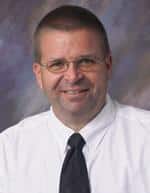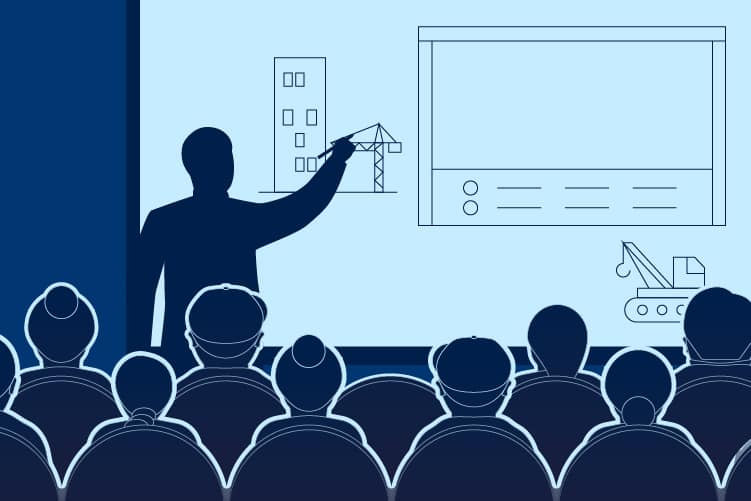Clark Cory has his finger on change in the AEC industry—and he’s not afraid of it.

Cory, an associate professor of architectural and construction graphic communication and visualization at Purdue University in West Lafayette, Indiana, has more than three decades of experience in the AEC industry, with positions ranging from general laborer to project manager of 25 residential structures per year.
Moreover, Cory’s publications touch on topics ranging from the improvement of cognitive visualization in construction using 3D models, the impact of new technology on the jobsite of construction and smart house technology.
Put simply, few people spend their time visualizing the future of construction more than Cory.
Bluebeam talked with Cory about the future of AEC industry technology, as well as what he enjoys most about teaching and working with students. Edited excerpts:
Built Blog: What technologies do you consider essential for people who plan to work in the AEC industry?
Cory: It depends on what area of AEC you’re going into.
If it’s BIM:
- Bluebeam Revu
- Navisworks
- Revit
- Lumion
- Synchro
- AutoCAD
- Sketchup
- 3D Laser Scanning
- Photogrammetry
- Any App that helps onsite communication
- BIM 360
If it’s construction management:
- Revu
- Procore
- Primavera
- Revit
- Navisworks
- Drones
- 3D Laser Scanning
- Site Logistics
- BIM 360
- Any app that helps communication and site management
Built Blog: How has technology changed the AEC industry in recent years?
Cory: It has gotten more accurate and collaborative. Before, it was an individual process. Today, it is done where everyone combines their work with others to compare and collaborate. Technology like Revu and BIM 360 have allowed online cloud-based collaborations.
Built Blog: What is the biggest challenge facing future AEC professionals?
Cory: Currently the biggest challenge AEC professionals face is labor shortages. Everyone wants to manage and nobody wants to actually do the work. Next is technology. It’s changing at a blinding pace where it is all AEC professionals can do to keep up.
Built Blog: What’s a favorite project you’ve worked on, in industry or academia?
Cory: I got to work on a historical building for the Purdue campus. Students were given the black prints for the original Heavilon Hall, which was built in the early 1900s but burned to the ground one month after it opened. The only thing salvageable was the bell tower, which got a new home a few years ago. Students had very little to work with and came up with amazing models of the original building.


Built Blog: What gets you up in the morning? What do you love most about your job?
Cory: First and foremost, the students. I enjoy creating new and challenging projects for students to model and seeing their progress and success. I also love learning new technologies and learning in general. Also, knowing that I am helping future AEC professionals is something that is very important to me. Then, of course, Purdue University. It’s such a great place to work.











